Introducing new analysis techniques: how to succeed without wasting time and money
Are you planning to introduce a new analytical technique into your laboratory or have you already done so? Whether LCMS, GCMS or other complex technologies - the introduction of such systems can be an exciting challenge. At the same time, it often presents everyday laboratory work with unfamiliar tasks, especially for inexperienced staff. This article will provide you with helpful tips and tricks to help you integrate your investment smoothly into your daily laboratory routine and create added value straight away.
Step 1: Good preparation is the be-all and end-all
Even if it means additional effort and can temporarily disrupt the normal process: Well-planned preparation always pays off in the end! There are a few important points you should consider to avoid potential problems right from the start.
Make the right choice
If you have not yet decided on a manufacturer or model, it is wise to proceed with caution. Don't be blinded by quick offers. A well-considered decision is particularly important, as a laboratory system such as an LCMS will usually accompany you for 10-15 years or longer. During this time, the manufacturer's support becomes a decisive factor. So don't just choose a device, but also a partner you can rely on in the long term.
Technical preparation
If the device has already been ordered or you are about to order it, make sure you check whether all the technical requirements have been met. Here are some questions you should clarify:
- Are exhaust air and air conditioning sufficient?
- Can the floor bear the weight of the system?
- Do you have enough space and does everything fit through doors or in elevators?
Close cooperation with the manufacturer helps to identify and solve potential problems at an early stage. Changes after the fact can be expensive and time-consuming - avoid them with thorough planning.
Step 2: Training and employee education
Introducing a new laboratory system is not only a technical challenge, but also a human one. Your team must be able to operate the system safely and efficiently. Reputable providers will support you with comprehensive training. However, it is important to keep an eye on a few details.

Type of training and scope
Clarify the exact course of the training in advance:
- How many employees can take part?
- How many days does the training course last?
- Is practical hands-on training on the device planned?
Practice-oriented training courses in which your employees work directly on the system usually convey significantly more knowledge than pure presentations or online training. Invest in a form of training that is optimally tailored to your requirements.
Key user vs. entire team
For complex laboratory systems, it can be useful to apply the so-called "pyramid model". One or two employees (key users) are trained intensively, who later pass on their knowledge to the team. This method has clear advantages:
- Efficient: The trainer can concentrate on just a few people and respond more specifically to individual questions.
- Long-term: Key users develop in-depth knowledge and act as internal contacts.
- Cost-saving: Fewer participants mean lower training costs.
However, there are also disadvantages:
- Dependency: If a key user is absent, valuable knowledge is lost.
- Burden: Key users bear double responsibility as users and trainers.
- Slow knowledge transfer: It takes longer for the entire team to build up the necessary know-how.
We have now learned about the advantages, but also the disadvantages. The disadvantages are not insignificant, as they leave a residual risk that we cannot control - such as the departure or illness of a key user.
Practical tips for implementation
- Select motivated key users who are willing to learn.
- Support them with regular further training.
- Document processes to secure knowledge permanently.
In the next section, we will show you how you can still eliminate the disadvantages of the key user method.
Step 3: But how to maintain knowledge of the equipment?
Your new investment is installed and your team is trained. Nevertheless, it often happens that operation does not run as smoothly as hoped. Many laboratories need intensive support from the manufacturer, especially at the beginning. Even more serious are long-term challenges, such as the loss of expertise due to the absence or departure of trained employees. Such situations can not only lead to a loss of productivity, but can also significantly increase costs.
Solution: Knowledge management
Structured knowledge management helps to minimize these risks. By recording all relevant information centrally and making it accessible, you create a solid foundation on which your laboratory remains stable even in crisis situations. Document work processes, maintenance plans and best practices to anchor knowledge in the entire team.
LabThunder: The smart solution for modern laboratory management
This is where LabThunder comes into play: An innovative software solution designed specifically for laboratories. With LabThunder you can:
- Store knowledge centrally and access it at any time
- Digitize and automate processes
- Support your team with an AI-supported assistant
LabThunder helps you to master challenges and integrate your investment efficiently into everyday laboratory work. Turn risks into opportunities and make your laboratory fit for the future!



LabThunder:
✅ Digital logbooks instead of paper chaos
✅ Thunder AI - central intelligence for faults & questions
✅ Smart & predictive maintenance prevents breakdowns
✅ More independence from external service
✅ Up to 50% fewer service calls
✅ Easy to use - no IT required
Contact us today for a free demo:
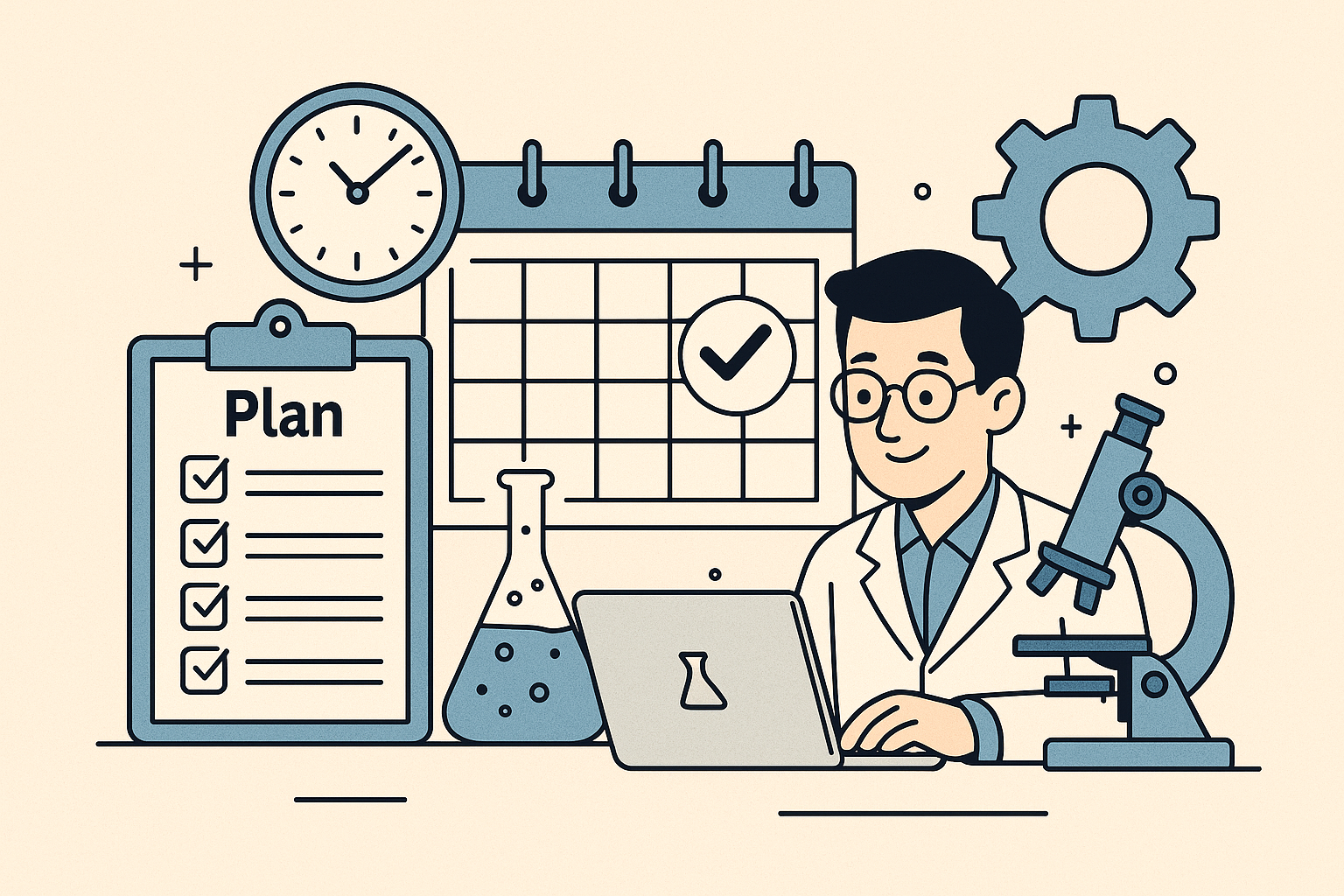
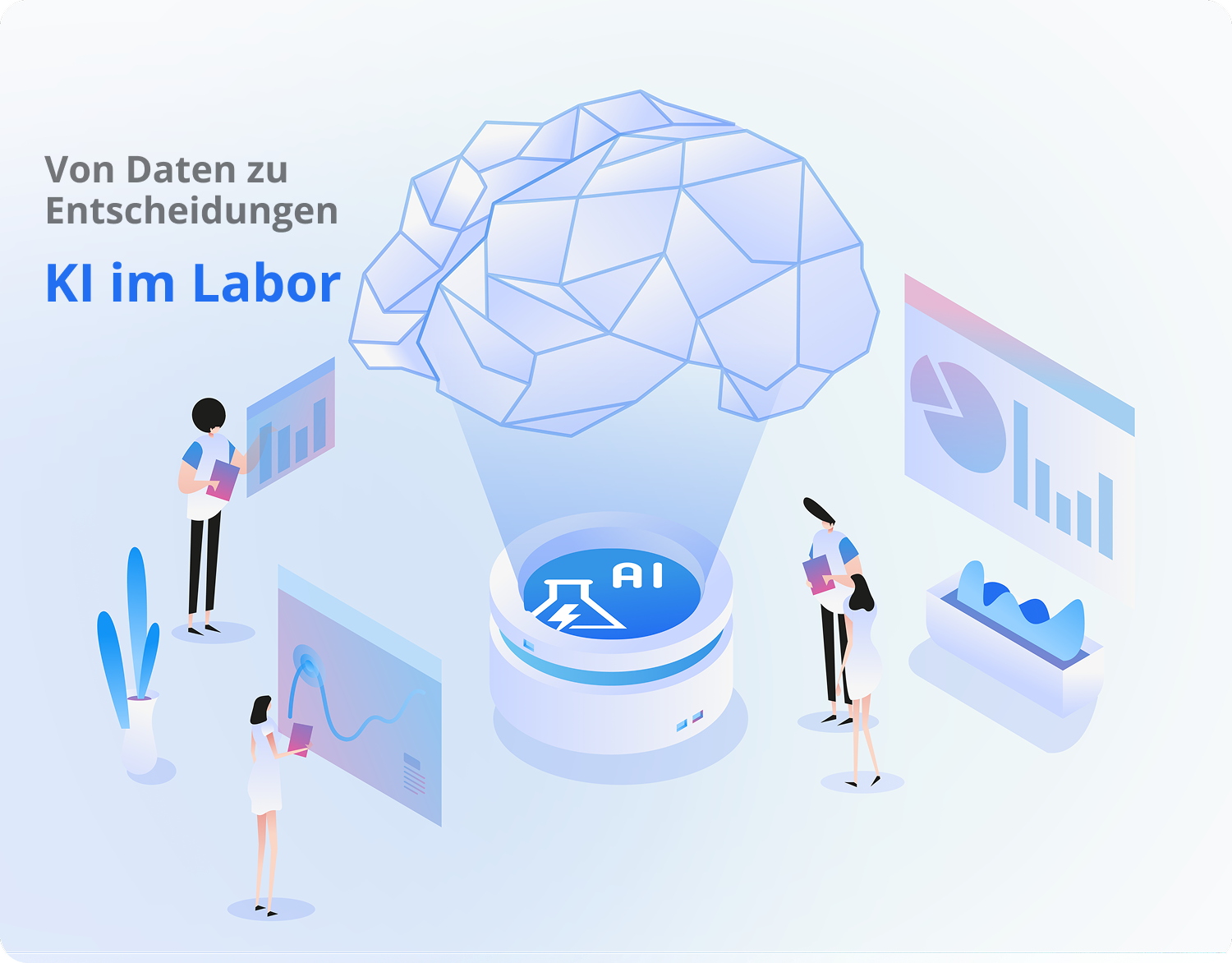
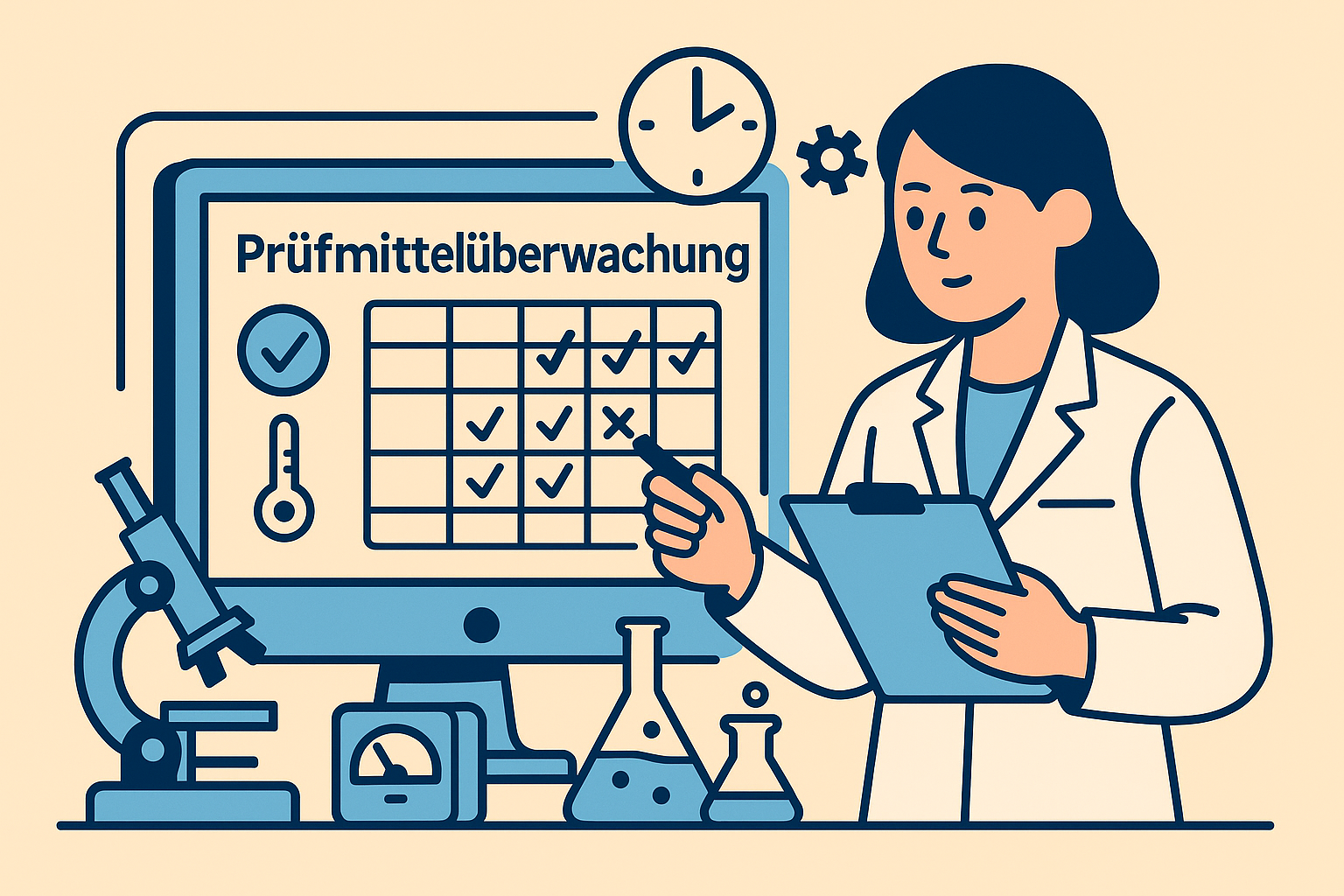
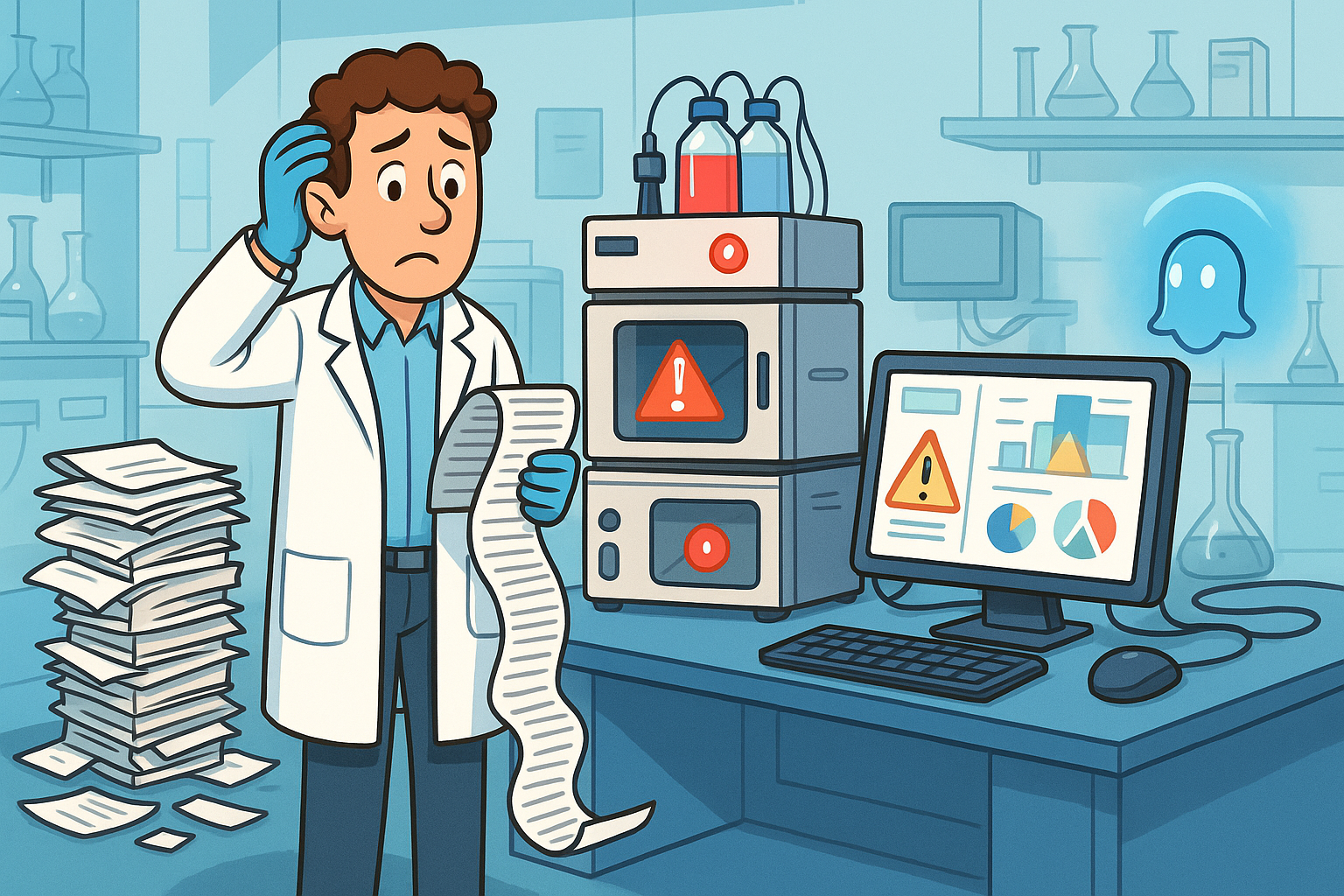
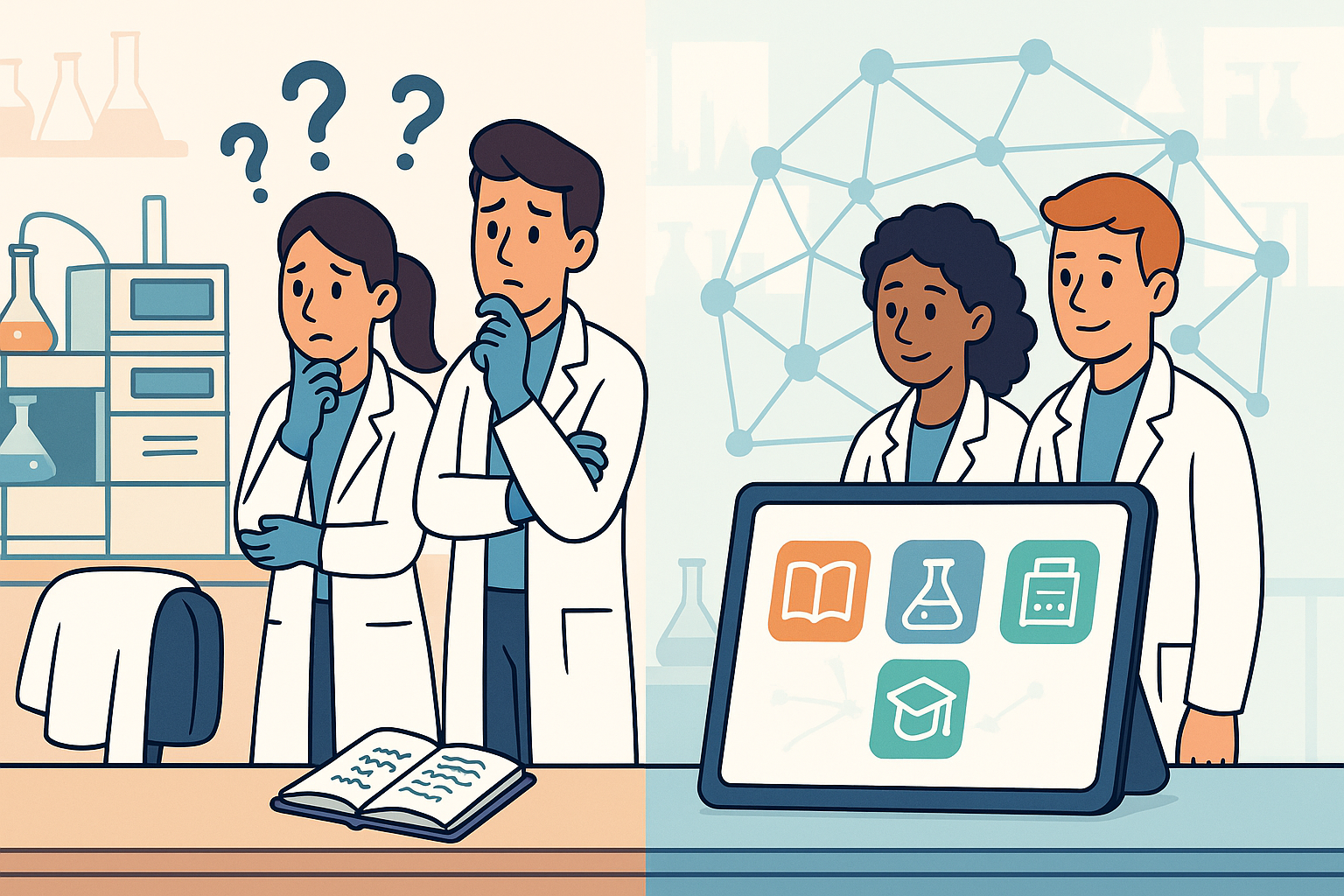

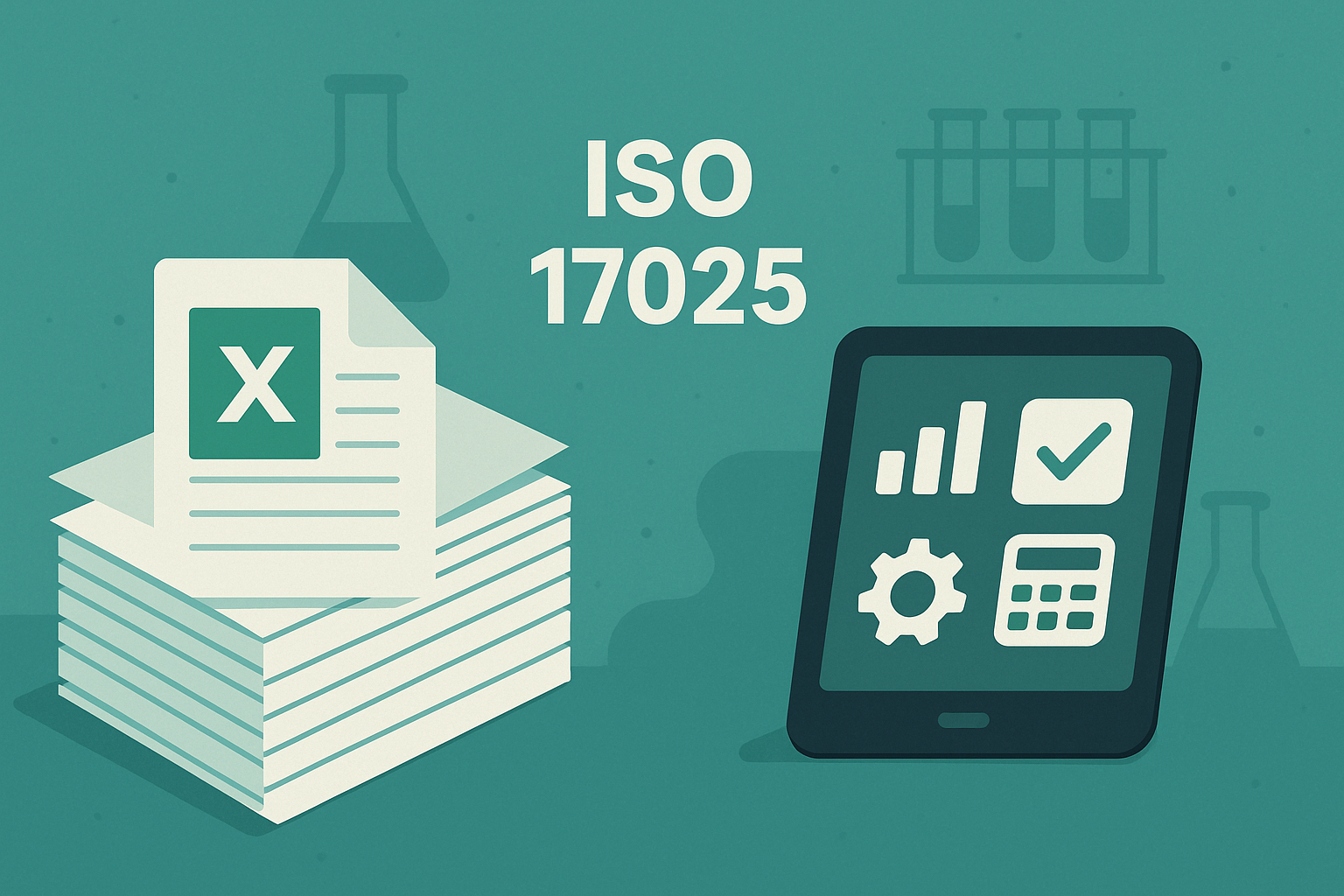
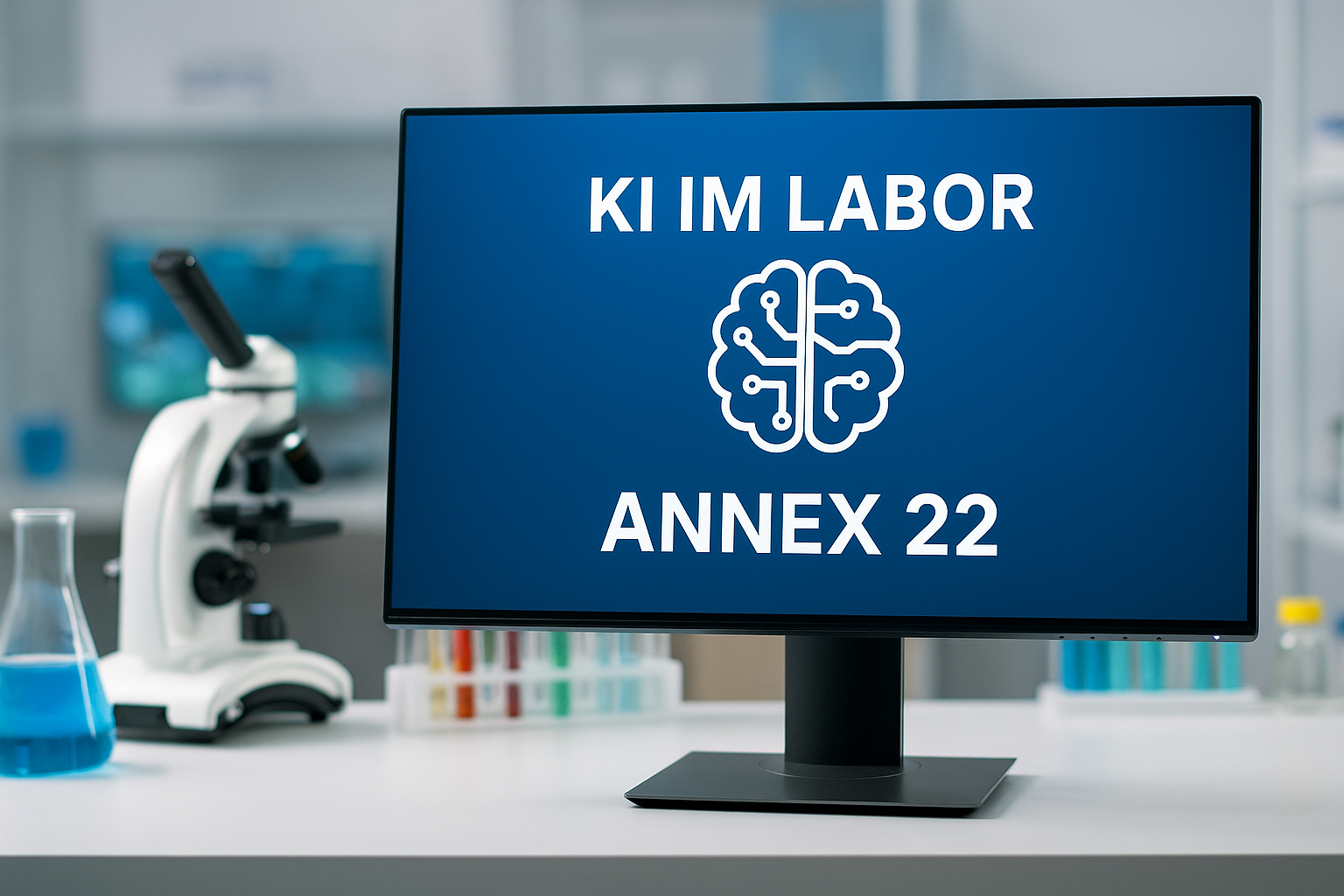






.jpg)

